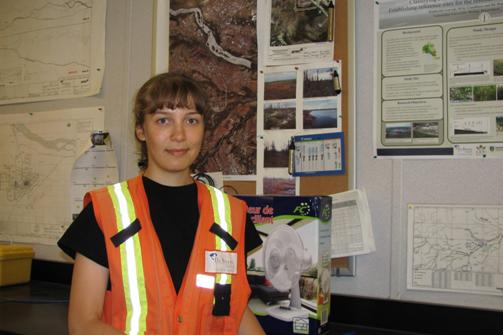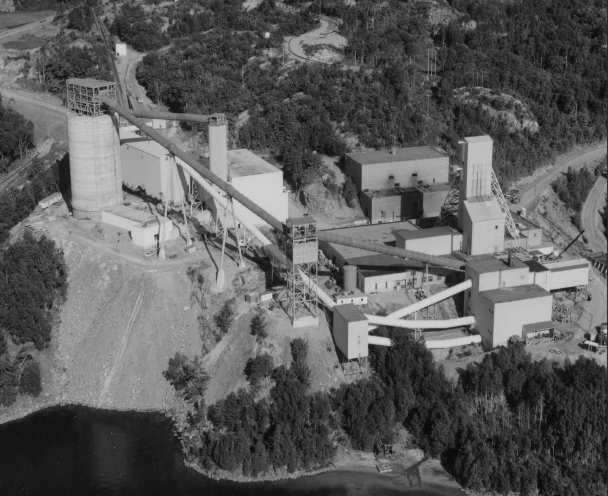Toronto, 22 September 2010 – The Environmental Commissioner of Ontario says mining service companies are using claim staking, exploration, and related activities to circumvent the government’s promise to protect half the boreal forest in the Far North. In his 2009/2010 annual report released today, Gord Miller says this is putting the fragile environment of northern Ontario at risk.
Last year, two lines of mining claims hundreds of kilometres long were staked by mining exploration companies to accommodate future rail access leading out of the Ring of Fire, an area known to contain gold, diamonds and potentially the largest source of chromite in North America. “Using mining claims to cut rail lines across a giant swath of the boreal forest nullifies any reasonable discussion about how to plan the protection and the development of northern Ontario,” says Miller.
“Furthermore, the government’s silence on this staking implies that it approves this as appropriate under the Mining Act and its proposed Far North Act.”
The report also found that ineffective government oversight allowed service companies to illegally construct a mining camp and airstrips without approval.

























